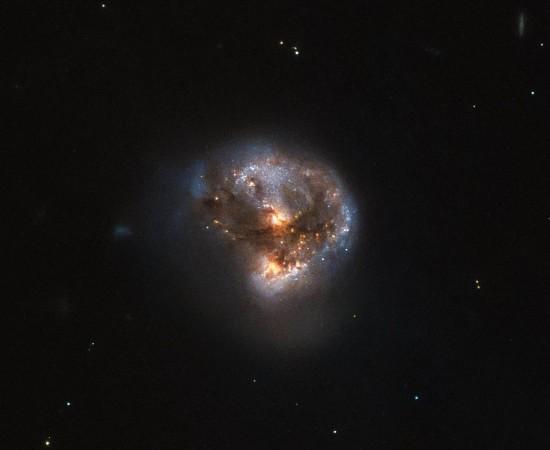
The hunt for quasars is on. NASA has picked its new mission, christened Imaging X-ray Polarimetry Explorer (IXPE), to probe deep into the mysteries of cosmic space. The mission will push the horizons in its effort to understand the inner workings of super massive black holes and neutron stars and the aura surrounding it (Event Horizon).
Read: NASA 2017: Focus of hunt for alien life will be on moons Europa and Enceladus
Inarguably, NASA has a difficult task at hand, as black holes and kindred spirits don't take kindly to such missions. But of course, scientists always come up with a way to go around the Information Paradox (what goes into black hole, stays in the black hole).
Paul Hertz, astrophysics division director for the Science Mission Directorate at NASA headquarters in Washington said that while NASA could not directly image the events near objects like black holes and neutron stars, studying the polarization of X-rays emitted from surrounding environments could reveal the physics of these objects.
Earlier in September 2014, NASA's Astrophysics Explorers Program had solicited proposals from across the world for selecting new missions.
Out of the 14 proposals submitted, three were selected for a thorough review by a proprietary panel. After the feasibility studies, NASA has picked the IXPE mission for the potential it showed.
"NASA has a great history of launching observatories in the Astrophysics Explorers Program with new and unique observational capabilities. IXPE will open a new window on the universe for astronomers to peer through. Today, we can only guess what we will find," Hertz told phys.org.
The mission, which will be rolled out in 2020, will come at a price of $188 million. Principal Investigator Martin Weisskopf of NASA's Marshall Space Flight Center in Huntsville, Alabama, will be at the helm.

















